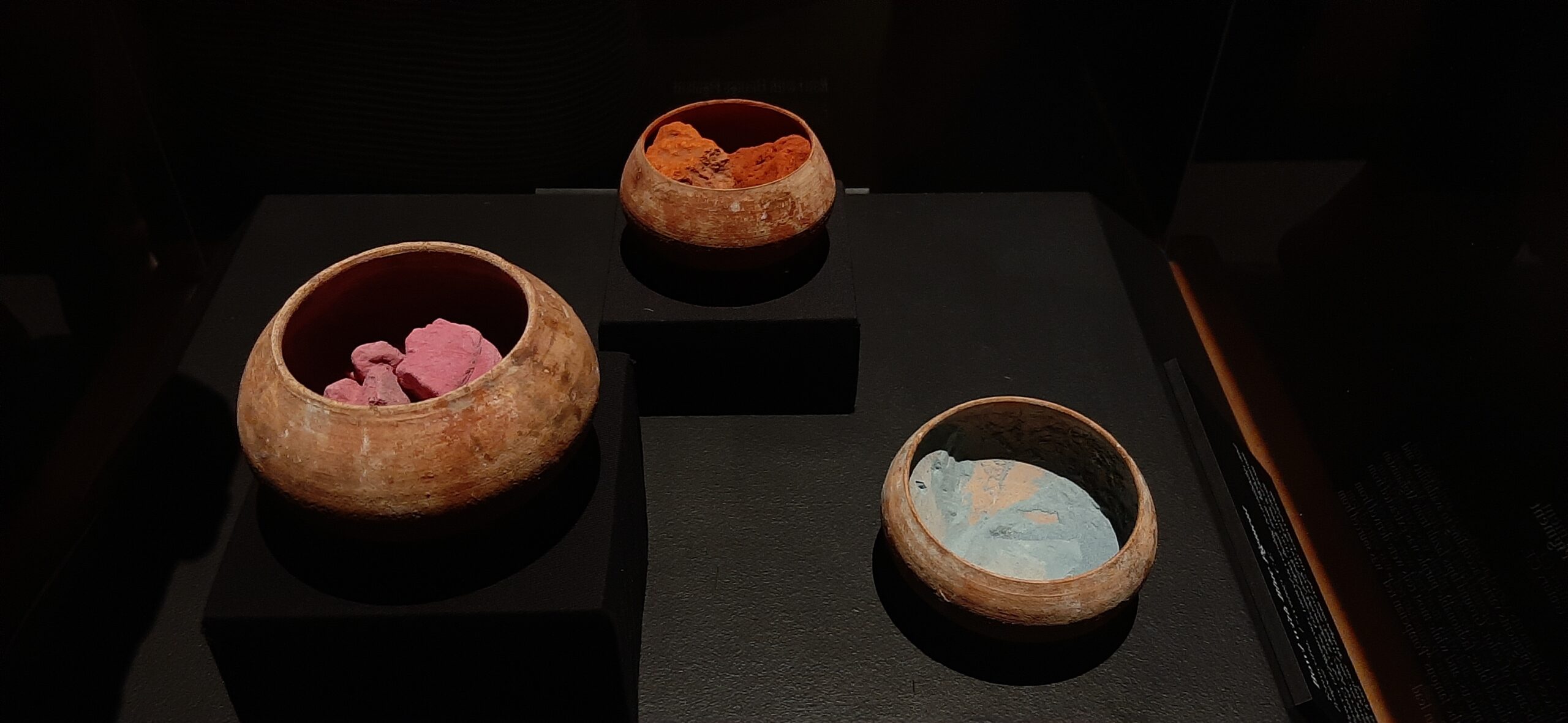Rumors have been flying about manufacturers discontinuing some favorite colors, sending them into the void of, “Remember when they made …?”
It’s true that sometimes the art supply industry has to stop producing certain colors such as Manganese Blue and even some of the Quinacridones. But why? Rest assured that while the suppliers are on your side (trust me, there are people behind the labels, and they love art as much as you do!), elements of manufacturing are sometimes beyond their control.
To educate customers, representatives from Cheap Joe’s Art Supplies and Blick Art Materials put it in simple terms here:
View this post on Instagram
.
View this post on Instagram
.
And our friends at Golden Artist Materials published a helpful article titled “Alternatives to Discontinued Quinacridones” on their JustPaint site. There, Michael Townsend reports: “A pigment is ‘discontinued’ most likely when a pigment manufacturer ceases production. In turn, this creates a ripple effect in the artist industry. Sometimes we can locate another manufacturer that offers the same pigment. Often, we cannot. Unable to find another source, we are forced to discontinue some beloved paint colors. This is the case with (PR206) that we call Quinacridone Burnt Orange. Not only is this fiery and versatile pigment used to make one color, but it was also a key component in making Quinacridone/Nickel Azo Gold and Quinacridone Crimson.” (read the full article at JustPaint.org – it goes on to explain this in much more depth.)

Recently I visited a moving exhibition dedicated to Pompeii at the Cincinnati Museum Center. There, I came across a display of gorgeous pigments like those used in art from 2,000 years ago (August 24 will mark the 1,945th anniversary of Mount Vesuvius’s historic eruption). It was a reminder that, while some things seem the same, everything around us is always changing and we have the ability to adapt. So if your favorite color becomes discontinued, rest assured that you’ll be able to figure out a solution through your own color mixing experiments or a new product that could come available.
In the meantime, maybe stock up on your faves and never stop painting.




